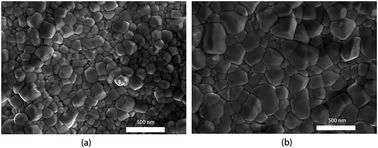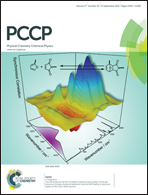Retracted Article: Origin of colossal permittivity in (In1/2Nb1/2)TiO2via broadband dielectric spectroscopy
Abstract
(In1/2Nb1/2)TiO2 (IN-T) ceramics were prepared via a solid-state reaction route. X-ray diffraction (XRD) and Raman spectroscopy were used for the structural and compositional characterization of the synthesized compounds. The results indicated that the sintered ceramics have a single phase of rutile TiO2. Dielectric spectroscopy (frequency range from 20 Hz to 1 MHz and temperature range from 10 K to 270 K) was performed on these ceramics. The IN-T ceramics showed extremely high permittivities of up to ∼103, which can be referred to as colossal permittivity, with relatively low dielectric losses of ∼0.05. Most importantly, detailed impedance data analyses of IN-T demonstrated that electron-pinned defect-dipoles, interfacial polarization and polaron hopping polarization contribute to the colossal permittivity at high temperatures (270 K); however, only the complexes (pinned electron) and polaron hopping polarization are active at low temperatures (below 180 K), which is consistent with UDR analysis.


 Please wait while we load your content...
Please wait while we load your content...